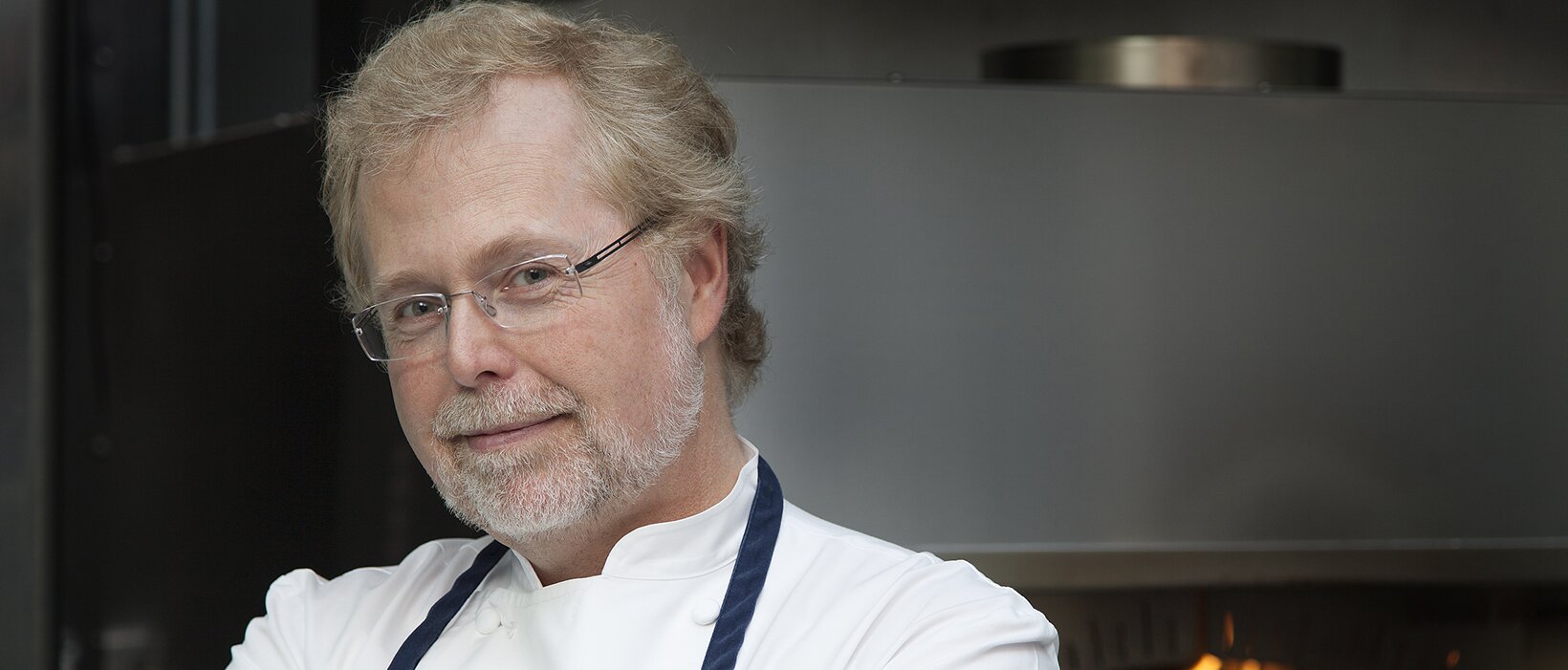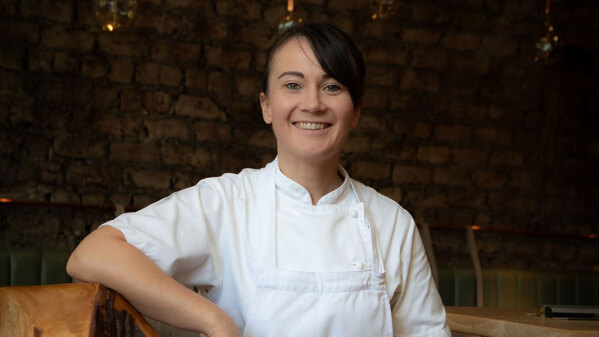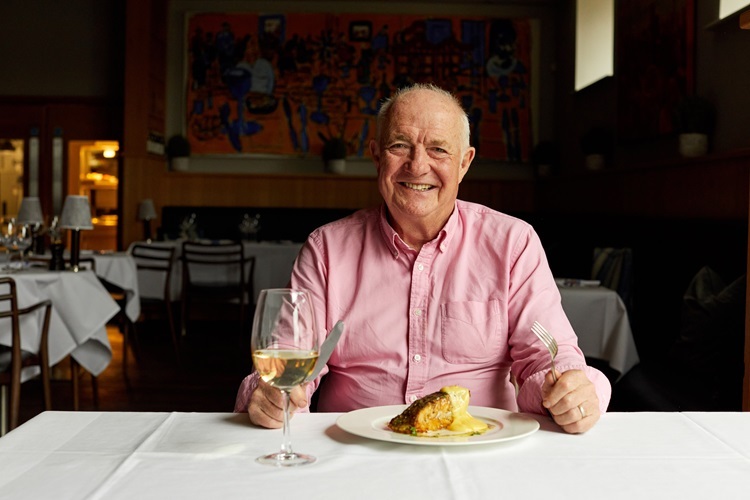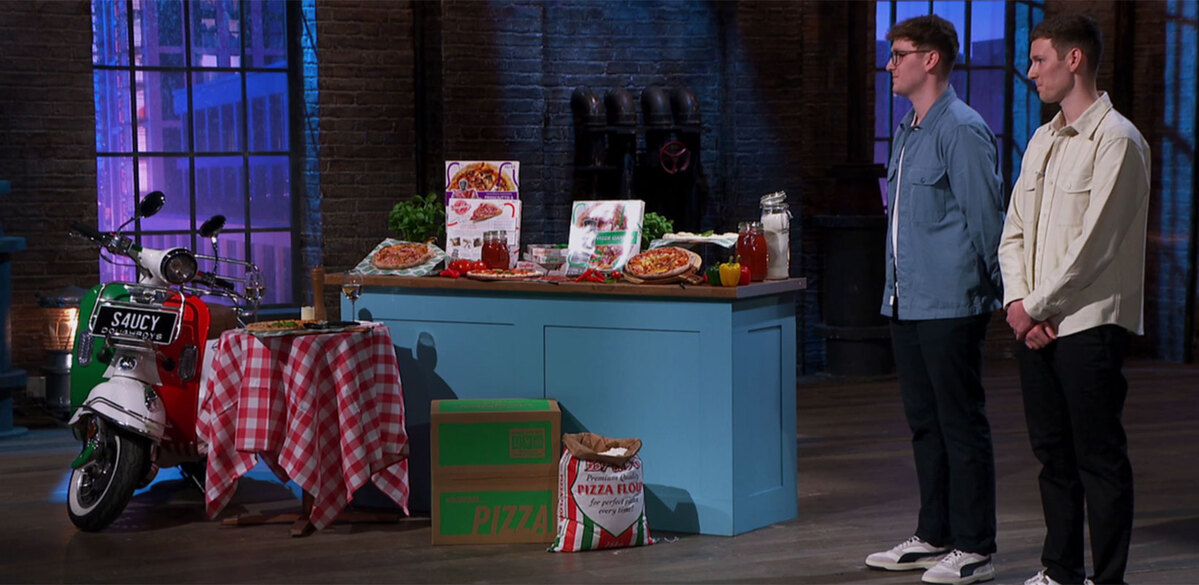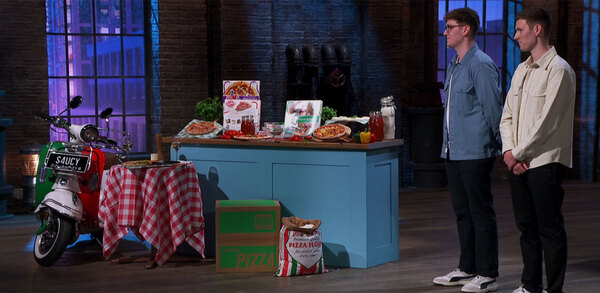Nathan Myhrvold on Modernist Pizza and the science of cooking
After a decade working for Microsoft, Nathan Myhrvold turned his scientific brain to food. He speaks about how physics dictates taste and why pizza is cooked by light.
Frank Gehry, the architect behind the Guggenheim museum in Spain is regarded around the globe as having set new benchmarks in building design. None of his work would have been possible without access to computers and engineers, according to Nathan Myhrvold, co-founder of Intellectual Ventures and author of books including Modernist Cuisine. Myhrvold says the alternatives are to just copy safe, old buildings or, the worst option, to build radical structures and hope they remain standing.
He sees a correlation with food: “One approach is to simply use recipes from a cookbook. This is OK if you do not care about the how and why of food or you are not creative. A lot of the creativity of chefs is about modifying recipes to make them extra-special flavour-wise, while looking conventional, or to make them look very unconventional. For both these you need to understand the science of food.”
Myhrvold says it is a “miracle” that so many recipes over many hundreds of years have worked out well before the underlying science has been known. Although he says this has led to an approach to cooking that adheres to old “rules and laws of cooking that are no more than 50% correct”.
“Once a step is in a recipe, people find it hard not to do it,” he says. He cites the well-known example of searing a steak to seal in the juices, whereas, “in fact it makes the juices flow out more. What it does do, though, is provide colour and adds flavour. You could therefore sear it at any point in a recipe and also only do it very briefly”.
He also recalls ordering a banana and pineapple bread for breakfast and finding it to have a poor texture. “I asked [the waiter] if the pineapple was fresh and was immediately told yes, it was. I knew this was the problem because fresh pineapple juice has an enzyme that dissolves protein in the flour, so the texture is wet and therefore has no bubbles in it,” explains Myhrvold.
Bits and bites
He can reel off myriad examples, many of which can be found in his books, which began with Modernist Cuisine and now also includes his recent release, Modernist Pizza. These are vast, weighty tomes that question the way things have been done. Each book is multi-volume and designed for chefs to dip into for techniques, research and recipes. It’s a tough stance from a non-chef author, but it is given gravitas by Myhrvold’s scientific experience and rigour, financial resources and a love of food.
He brings a PhD in theoretical and mathematical physics from Princeton, more than a decade working at Microsoft as its chief technology officer and a stint training at La Varenne cooking school in Paris. During a period at Microsoft – with the OK from founder Bill Gates – he took a day a week to work as an apprentice at a top restaurant in Seattle.
Myhrvold and his large team of chefs and technologists undertake the research for the books within the 20,000 sq ft Cooking Lab located on the outskirts of Seattle, which sits within the broader enterprise he founded called Intellectual Ventures. The company’s objective is to invent and discover new processes across many disciplines, as well as leveraging value from the intellectual property created.
Food is simply one area of research, and for this the lab is kitted out with an array of high-end kit, including industrial-grade homogenisers, freeze-driers and vacuum distillation machines. One of the first bits of kit Myhrvold used was a sous vide machine, which he came across in France and had installed in the kitchen of the new home he was building in 2003. He became fascinated by the combination of heat and time and their impact on food.
“Chefs have not been taught how heat moves through food. Cooking involves food with chemicals in it, and heat is then applied to it, and we hope for this great transformation,” he says. He adds that this lack of knowledge is against a backdrop of sous vide machines becoming ubiquitous over time: “It’s now a hugely influential device and restaurants of all types probably have one.
“Even the traditional British pub will have something slow-cooked on its menu and use the sous vide [technique].”
Hot topic
When he looked for a book to explain more about the effects of heat transfer he could not find it and this was the driver of Modernist Cuisine. He admits he was building on some of the ground-breaking work done by the likes of Ferran Adrià, Heston Blumenthal and Grant Achatz, but he was looking to take a scientists’ approach and potentially simplify their techniques in order to broaden their usage.
“There was 20 years of knowledge of modernist techniques out there by the time the book came out in 2012. But these chefs were doing a bunch of things wrong and even those correct [techniques] were very hard to learn. You could maybe learn 10%. We needed a book to show people how to do these techniques [more easily],” he says.
He did not limit his research to the modernist, or what some people called avant-garde approach to food, but instead also looked at traditional processes in-depth. The plan was to debunk some myths when applying his focus on less high-end techniques and dishes. This thinking is evident in his follow-up book Modernist Bread and Modernist Pizza.
“My point of view, or philosophy even, is that any dish deserves as much attention as you want to give it. Many dishes around the world on restaurant menus are peasant food that’s been refined – cassoulet and bouillabaisse in southern France, and barbecue in the southern US,” says Myhrvold.
Pizza very much involves the examination of the transfer of heat through ingredients, and the work from the Cooking Lab determined that the primary difference in the quality of the pizza produced by amateurs and professionals is fully down to the oven. “We’ve shown [in the book] how to improvise with home ovens, but the professionals have the proper ovens because they do a better job. A 500ºC oven is different to that used at home.”
He cites traditional Neapolitan pizza as needing a very high heat. Gas works just as well as wood, but the key point is that pizza is cooked by light. “Radiant heat is transmitted by light. When there is a shadow cast over a pizza, it spoils it. People have tried to stack pizzas in the oven but it blocks the light. This is why most professional ovens have no door – it’s to let the light in, as well as the oxygen,” says Myhrvold. He points out the book will soon be translated into Italian but he is not worried by any potential backlash from proud pizzaiolo. Although he was initially worried when Modernist Cuisine was launched, Myhrvold found the chef and cooking community largely embraced it, with endorsements coming from chefs like Alain Passard and Alain Ducasse.
Science has so often been used by large fast-food providers to engineer the cost out of food and Myhrvold says they have been incredibly successful “at using [science] for cheapness and not for taste”. But he believes there is a move by chefs and cooks to embrace more science in order to enhance the taste of food and to advance the development of dishes, which certainly sounds like progress.



